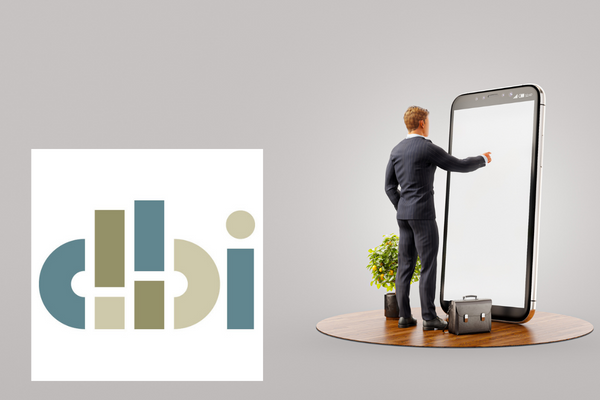
How can you consistently and quickly produce high-quality designs that are appealing and build-ready? You turn to technology.
Designers and architects continuously integrate new design tools and technologies into their work for various reasons, including improving their creative process, enhancing their designs, and reducing client costs.
4 Commonplace Design Tools and Technologies
Architects and designers have a well-stocked tech toolbox they can turn to when visualizing their work. Although these five tools have varying learning curve lengths, they’ve found with designers.
1. Building Information Modeling (BIM)
Building Information Modeling (BIM) is a digital technology that allows architects, engineers, and contractors to collaborate on a project in a virtual environment. Because BIM produces 3D building models, it allows architects to see how different design elements will impact the overall structure of the building, making it easier to make design changes during the design phase rather than during construction, resulting in fewer errors and faster construction times. Autodesk Revit is a commonly used BIM.
2. Virtual Reality (VR) and Augmented Reality (AR)
Virtual Reality (VR) and Augmented Reality (AR) are the most innovative technologies transforming architecture and design. VR technology allows architects and designers to visualize their structures in a 3D environment to provide a better understanding of how the design will look and function. AR can also be used to visualize how different materials or finishes will look in the final design, allowing for greater customization and experimentation.
3. Mobile Apps
Mobile apps allow designers to sketch ideas, make notes and collaborate with team members remotely. Mobile apps also provide access to digital tools and resources, such as building codes and design guides, making it easier for designers to access information on the go.
4. SketchUp
Another CAD, this affordable sketching tool has found favor with not only architects and designers but also engineers and video game designers.
Tech Preferences in the Office
With the variety of mobile devices available today, you might be surprised to learn that most architects and designers prefer workstations — especially those capable of producing exceptional graphics and color. Cloud-based mobile devices are more helpful for connecting architects away from the office, allowing designers to create better designs, communicate more effectively, and work more efficiently.
Architecture and design are constantly evolving fields requiring a keen eye for aesthetics and functionality. As technology continues to evolve, we can expect to see more innovative tools and technologies in the field of architecture and design, allowing designers to push the boundaries of what is possible.
Want to learn more about technology that is changing the industry? Let’s chat.